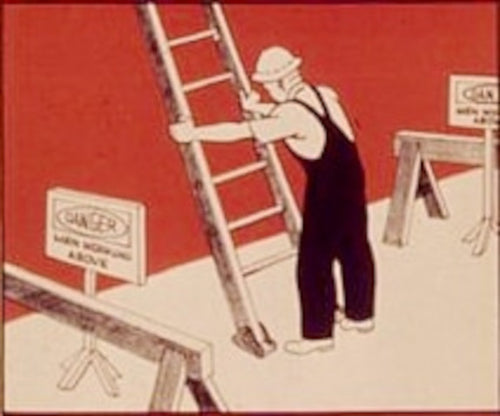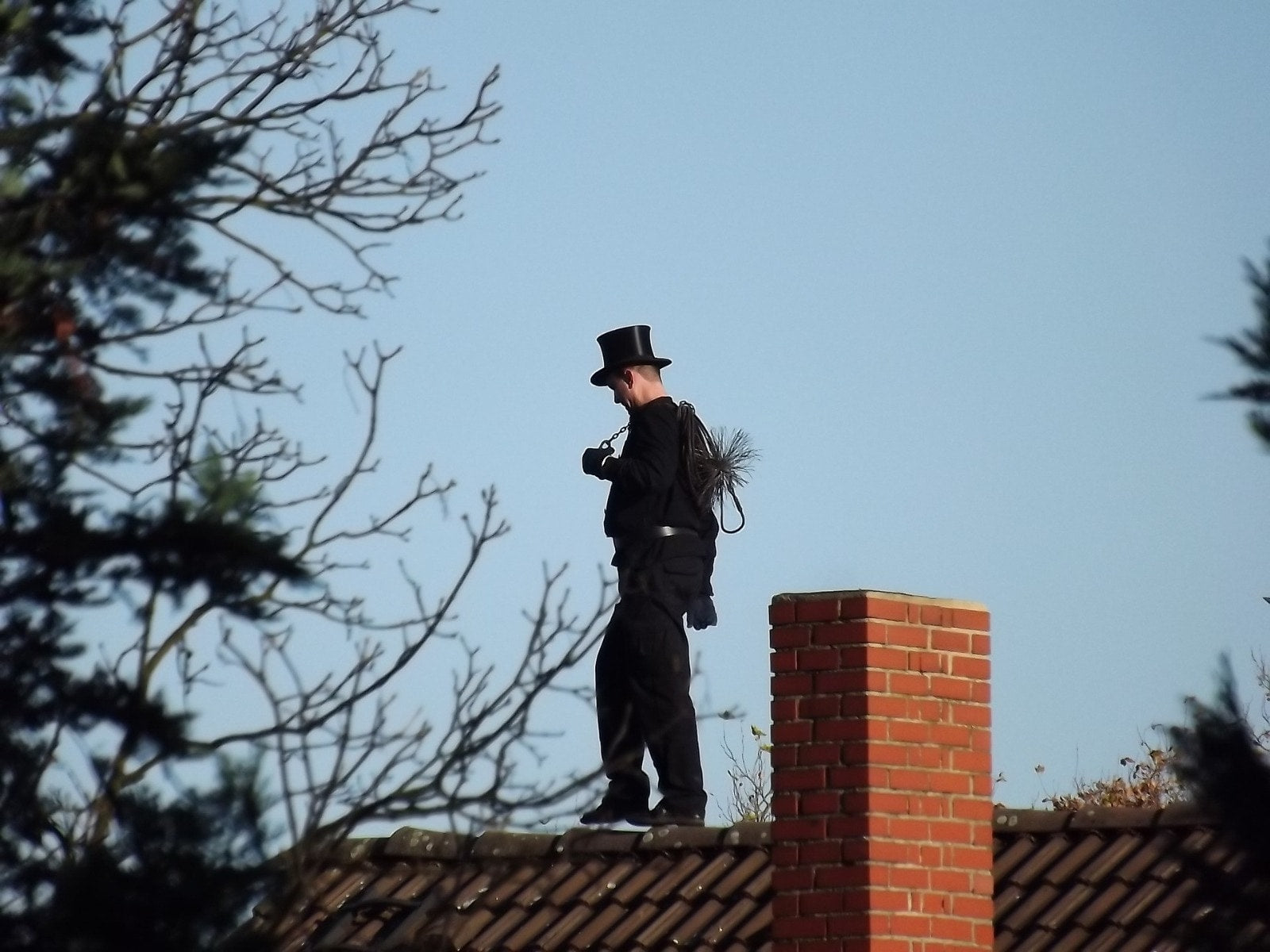Rooftop Safety for Chimney Installations & Repair
July 19, 2023

There is no job that is so critical that it needs to be completed in haste or with disregard for personal safety. Climbing onto a roof may seem fairly simple, but there are many safety considerations that you need to keep in mind at all times.
Walk around the house and take a careful look. Where should you place the ladder? Are there electrical boxes or power lines nearby? Notice high traffic areas, wind direction and the condition of the ground. Carry a cell phone for emergencies, or if the ladder falls from the roof. Having an assistant is always a plus.
Choose a location for the ladder. Make sure the legs are level and on a sturdy foundation, and the ladder (and you) will be away from electrical lines, building entrances, or where kids are playing. OSHA requires that there be approximately 3 feet of ladder (3 rungs) above the contact point of the roof. Never carry heavy objects up the ladder that could cause loss of balance or falling; they should be hoisted or handed to you. Keep a three-point contact with the ladder (two hands and one foot, or 2 feet and a hand). Never over-reach to either side while on a ladder. The ladder should be at a four-to-one angle, meaning that for every 4' in height, the base needs to be 1' away from the house.
Evaluate the roof condition before leaving the ladder. Make sure the roof is not covered with damp moss, frost, rain, or anything that could cause it to be slippery. Never wear leather-soled shoes. A soft or gum-soled shoe clings better on dry roofing material. Walk flat footed, so a larger area of your shoe is in contact with the roof. Try to walk near the ridges or valleys, as those areas are stronger and easier to climb. If the pitch is steep or you are not comfortable on the roof, it may be better hire someone with experience. Ridge hooks, rope harnesses, and safety devices are available if you require extra safety equipment.
When sweeping a chimney flue, you should consider some personal protection. At a minimum, gloves and eye protection are a must. Never push or pull with great force, as you could lose your balance and easily fall. When removing a rain cap, watch where you are setting it. Either wind or the pitch of the roof could send it tumbling off the roof, and cause damage. And if you step on it by accident, both you and the cap could end up on the ground! Another concern is that insects, animals or birds may be nesting in the flue or rain cap, and could easily startle you if you're not expecting them.
It's a good idea to make a list of the tools and equipment you will need so you don't have to make extra trips up the ladder. Use the same checklist when you go back down, so you won't leave anything behind on the roof.
DIY Center
(AKA ‘The Rockford Files’)
From video tutorials to product walkthroughs, we have a variety of DIY resources just for you! Click the button below to view our entire library.








